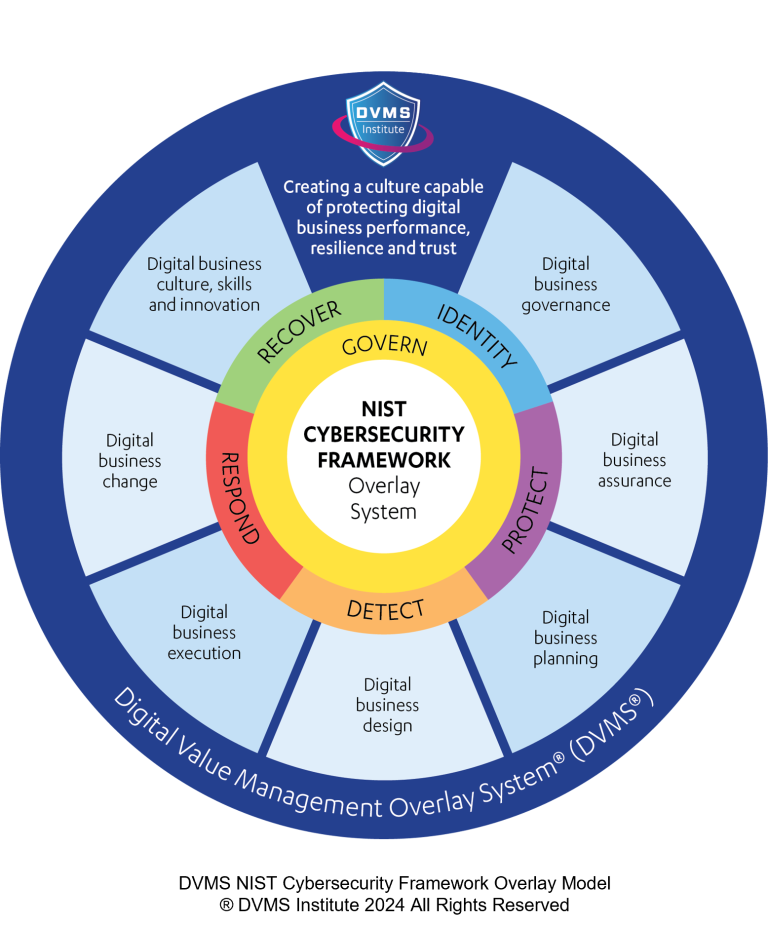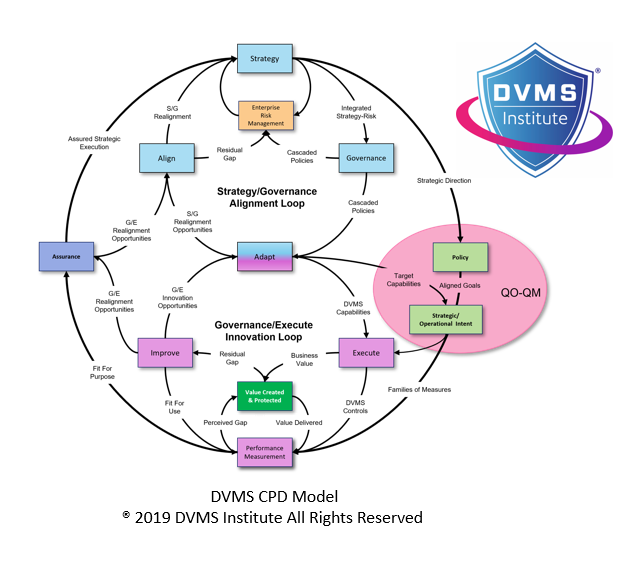The Delicate Balance of Cybersecurity Risk Management
Rick Lemieux – Co-Founder and Chief Product Officer of the DVMS Institute
Cybersecurity, in its essence, is a complex interplay of technological, human, and organizational factors. Effective risk management demands a delicate equilibrium between these elements. It’s not about achieving perfection but striking the optimal balance to protect an organization without stifling its operations.
A common pitfall in cybersecurity is the tendency to overemphasize technology at the expense of other critical factors. While advanced tools and technologies are undoubtedly essential, they are merely one piece of the puzzle. More reliance on technology can create a false sense of security, neglecting the human element and organizational processes, often the weakest links in the security chain.
Conversely, underinvesting in technology can leave an organization vulnerable to sophisticated attacks. A balanced approach requires careful evaluation of the organizational risk profile, considering factors such as industry, size, and the nature of the data handled. This assessment helps determine the appropriate technological investment level to protect critical assets adequately.
Equally important is the human factor. Employees are often the first line of defense against cyber threats. A balanced cybersecurity program includes robust employee training and awareness initiatives. This involves educating employees about common threats, phishing scams, and best practices for password management. However, avoiding information overload is crucial, as this can lead to fatigue and disengagement. The goal is to empower employees to be vigilant without creating undue stress.
Organizational culture also plays a pivotal role in cybersecurity risk management. A security culture should be fostered throughout the organization, where employees at all levels understand the importance of protecting sensitive information. This can be achieved through leadership commitment, clear communication, and incentives for security-conscious behavior. However, avoiding creating a culture of fear or blame is essential. A positive and supportive environment is more likely to encourage employees to report security incidents without fear of retribution.
Another crucial aspect of balance is the relationship between security and business operations. While protecting organizational assets is essential, excessive security measures can hinder productivity and innovation. A well-balanced cybersecurity program strikes a compromise between security and efficiency. This involves careful risk assessment to identify areas where security can be enhanced without significantly impacting business operations. It also requires ongoing evaluation of security controls to ensure they remain effective and do not create unnecessary burdens.
Achieving a balance in cybersecurity risk management is continuous. It requires a holistic approach considering technology, people, and organizational factors. By understanding the organization’s specific needs and challenges, security teams can develop a risk management strategy that effectively protects assets while minimizing disruptions to business operations. It’s about striking the right balance between prevention, detection, and response, ensuring the organization is prepared for the inevitable cyberattacks while maintaining business continuity.
Ultimately, the goal is to create a resilient organization that can withstand cyberattacks while continuing to achieve its objectives. This requires a dynamic and adaptive approach to risk management, with a constant focus on maintaining equilibrium between security and business needs.
About the Author

Rick Lemieux
Co-Founder and Chief Product Officer of the DVMS Institute
The DVMS Institute teaches organizations of any size, scale, or complexity an affordable approach to mitigating cyber risk to protect digital business performance, resilience, and trust.
Rick has 40+ years of passion and experience creating solutions to give organizations a competitive edge in their service markets. In 2015, Rick was identified as one of the top five IT Entrepreneurs in the State of Rhode Island by the TECH 10 awards for developing innovative training and mentoring solutions for boards, senior executives, and operational stakeholders.
® DVMS Institute 2024 All Rights Reserved



